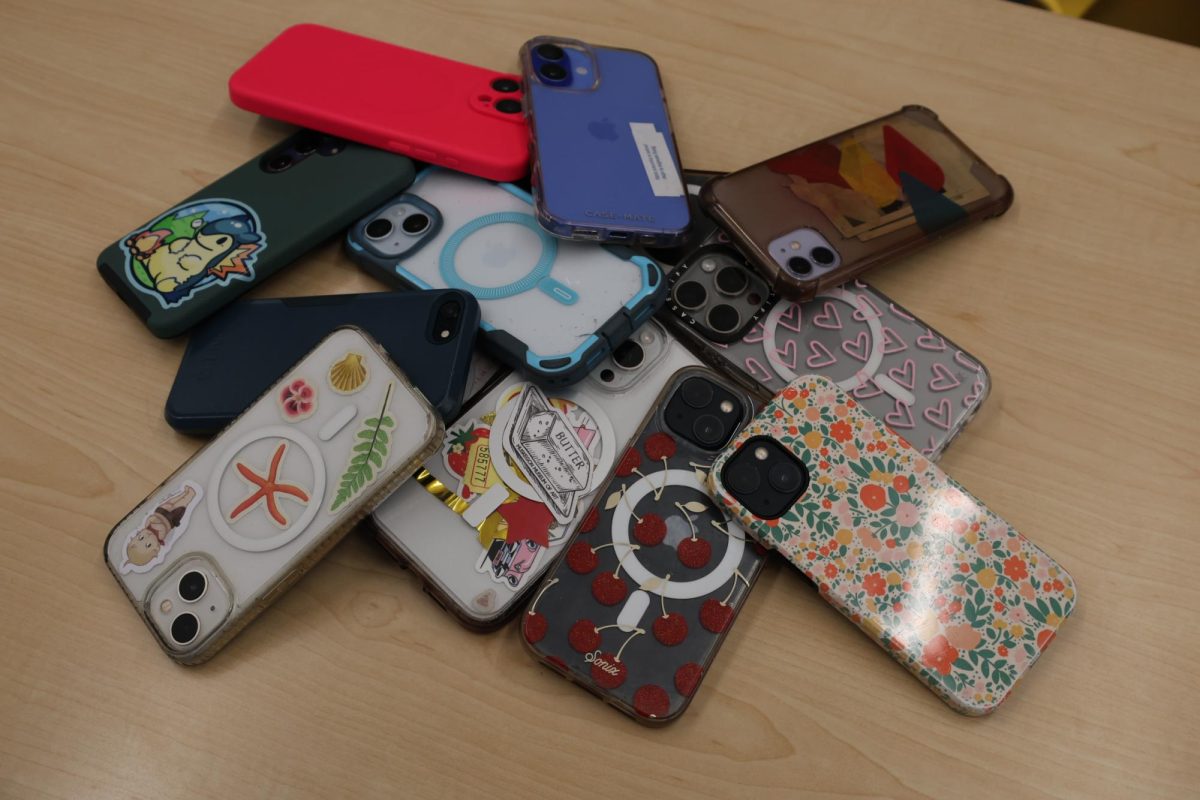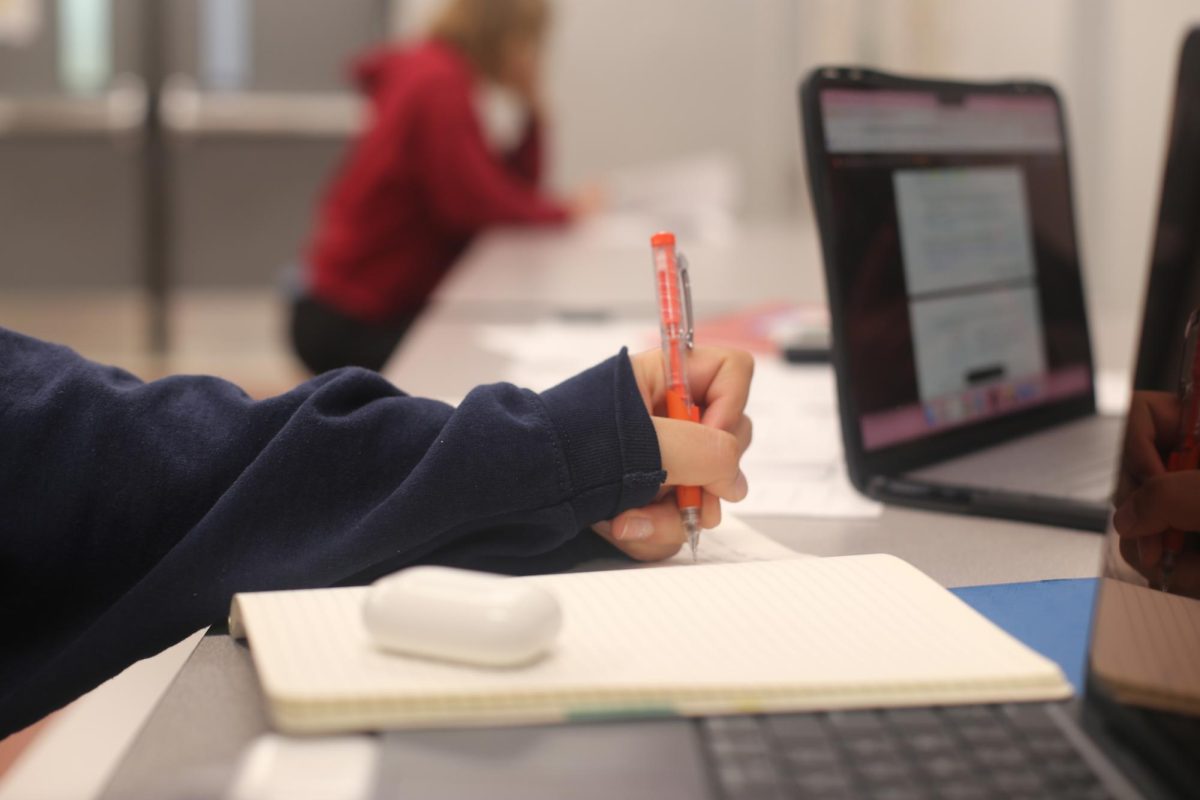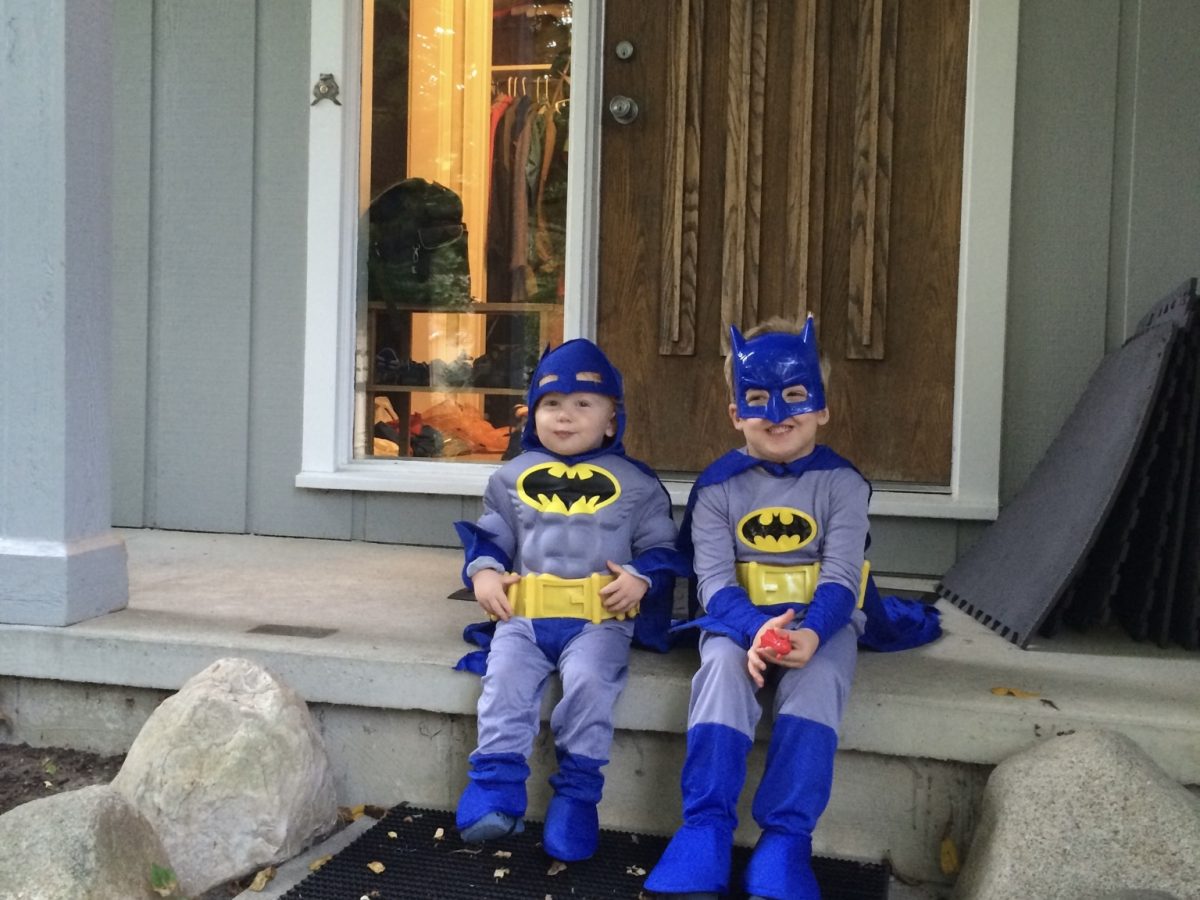As a student within the Ann Arbor Public Schools, I remember teachers telling me that the district doesn’t recycle, and I always wondered why. After all, in a district where schools win awards for their environmental impacts, they would surely understand the importance of recycling, right?
This past spring, I decided to dig deeper into the issue. I talked to Coert Ambrosino, an Environmental Education Teacher at AAPS.
“I don’t think it’s so simple as yes or no,” Ambrosino said. [What’s being recycled is] not the type of thing that students or staff create. It’s not what they see.”
Large cardboard boxes coming out of maintenance rooms and school kitchens can often be found in school recycling.
“By volume, that probably is a fair amount of the material.” Ambrosino said.
However, inside of classrooms, recyclable materials are often overlooked.
Due to a lack of knowledge, students and staff will often throw non recyclable items into classroom recycling bins. They may not realize they can’t recycle the item or ignore labels, often with the same reasoning that ‘nothing gets recycled anyway.’
Because of this, the recycling soon becomes contaminated. This makes the entire bin in need of sorting before it can be recycled. The task of sorting these recyclables is not written into janitorial’ contracts, as AAPS’s custodial staff are hired by an external contractor.
That’s not the only problem. Along with needing to sort through bags, school janitors would have to take the recyclable materials out of classrooms and dump them into outdoor recycling bins. Strict safety rules at the Materials Recovery Facility, where Ann Arbor’s trash and recycling is sorted, prevent staff from opening closed items leading to recycling in bags to be thrown away.
So, what steps need to be taken in order to solve this issue? Talking to the contractors who hire the custodians? With the district’s budget cuts, it’s unlikely they would pay more for extra hours.
While looking into the issue, I read an article in the Skyline post. Members of Skyline High School’s Environmental Sustainability Club have found a simple solution: every day after school, they enter open classrooms and sort through bins before taking the recyclables to the school dumpster. Although it may feel like too much work to take on, the group has enough members that the idea can become a reality.
When I heard about this, I scheduled a call with two students involved.
They explained to me that their main goal was to educate and spread awareness. They also talked to me about how, along with providing help towards the environment, the task brought a sense of responsibility and change to those participating.
“It’s really empowering to be able to do something that is going to help,” member Kylie Dybdahl said.
The approach isn’t unique to Skyline High School, students across the country have started to pick up on similar ideas. At a school as laid back as Community, would we be able to do something similar?










